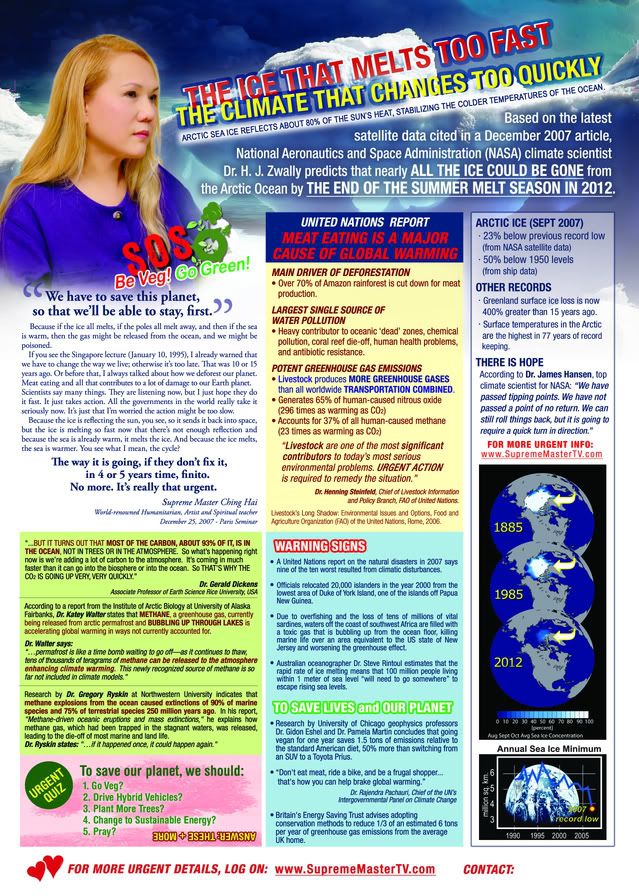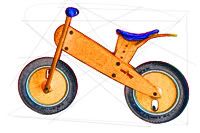It is a bit strange to talk about chinese kung fu and spirituality as these are two quite opposite topics. One is rooted in violence and the other is based on compassion and love. However in this blog, we shall attempt to find some common ground for these two disjoint human endeavours.
As we scan the vast and colorful landscape of Chinese kung fu, we wonder where shall we start, for the field is wide and the art is limitless. There is for instance, the very famous Shaolin martial arts which has the reputation of being the forefounder of every major martial art system in the world. Shaolin is the iconic representative of the external school of kung fu, whereas the leader of the internal school is none other than Tai Chi.
The word kung-fu is made popular in the English vocab by one expert proponent by the name of Bruce Lee. Bruce Lee's basic training is in the southern China style of fist fighting known as Wing chun, which originates from Hokkien province.
Wing Chun is a very curious name for a kung fu that is rooted in violence. In Chinese, it means "ode to spring", but of course as a kung fu system its purpose is to maime, cripple or disable the opponent, and there is nothing, on the surface of it, that is compassionate or life promoting as spring.
As an art form, Wing Chun is very effective, and is particularly suited for street fighting as it is a close range kung fu, and it's power is physically explosive.
It is an art form, and it's entire philosophy and practice is very, very scientific and logical, having evolved from the wisdom of its founders. The story goes that the system was taught by a nun to a lady who used it to ward off an unwanted courter.
Wing Chun's basic tenet is direct and effective. The shortest distance between
two points is a straight line, if you want to hit some one, move on to it, don't wave your arms wildly in the air in one big circle only to land your fist in front of you. The simplicity and directness of the system is perfectly demonstrated by Bruce Lee who used it to beat other martial arts proponents from famous systems such as Taekwando and Karate. There are no fanciful patterns that you have to work through which does not have any direct application in a street fight, and you do not progress from white color belt to black belt by passing an exam of memorized pattern.
Wing Chun is serious business. You want to create injury on another, then this is it.
If you want discipline and pompous show, then the patterns based martial arts may be more suitable for you. This is precisely one of the main reasons why kung fu is held in high regards by the Chinese for centuries and it is not easily transmitted from master to disciple, until the twentieth century when Bruce Lee popularise it and spread it amongst millions of martial arts fan.
The reason for secrecy is because systems such as Wing Chun is too powerful. It can cause so much physical damage to the body, if not death, to the opponent if it's application is not controlled. Therefore the character of the disciple is an important criteria to consider when a master decides to impart his skill.
So in this regard, the master sifu of Wing Chun system or other lethal forms of kung fu develops his compassion and restraint. In this way, the master approaches the same goal as spiritual cultivation. The master never strikes unless his own life is in danger, because he knows the system is too powerful, therefore he exercises utmost restraint.
When you do the sticky hand exercises of Wing Chun or other kung fu systems with a master, you will immediatedly sense the power and skill of the master. There is a Chinese saying that when an expert lays out his hand, only then you will know his level. Action speaks louder than words !!
In the graphic sticky hands demonstration you see the master repeatedly touch the head of the opponent gently, as he breaks through the arms lock and counter block prelude. Sometimes the master stroke the head gently, and sometimes it is a light knife hand chop to the neck or a restraint feast to the chest.
Each of these gentle and controlled touches is a hit. It would have earn points in a system like Judo. In actual fighting of course, these gentle strokes will be replaced by powerful, physically damaging blows.
So the master of Wing Chun demonstrates his prowess by laying out his hands.
In a similar manner, you will meet a spiritual master, and if the master is fully enlightened, you will obtain immediate "proof" when you are in the physical presence of the Master.
Wing Chun does not have patterns, but it has forms. There are five forms, and the most basic and well known form is called "Little Idea". The forms are standard physical routines to be practised over and over again until it becomes second nature to the martial artist.
The novice disciple will be forgiven to think that the forms is meant to be applied to street fighting. It is not !! For there is nothing logical in street fighting !! Violence by definition, is the absence of logic. The idea for the "Little Idea" is to practise the forms to perfection only to forget about it !!
In the words of Bruce Lee, the artist must become like water, which is formless.
This philosophy of the highest kung fu masters is not easy for the layman to understand, but it makes perfect sense to the spiritual practitioner. The spiritual practitioner approaches formlessness from form through deep mediation in ahimsa, whereas of course in kung fu, every thing is rooted in violence.
One of the major quest of top kung fu masters is the hunger for power.
As a close range fighting sytem like Wing Chun the quest for power is not coming from
the torgue of the twisting fist, which came from the waist in systems like Taekwando and Karate, neither is the source of power coming from the torgue of the whole body which is used in systems like the Palm of eight trigrams, Judo etc.
The source of power in Wing Chun is from the whole body. The convincing demonstration
of this power is in the famous half inch punch or three inch punch which delivers breaking
power at close quarters.
The quest for power for a spiritual practitioner on the other hand, is for liberation, which brings one above the Three Worlds, beyond the clutch of karma, cause and effect, and far superior to physical powers which the kung fu masters ever dream of.
Kung fu masters sought power and control. In their highest accomplishments, they attain some level of compassion. Most of them also attained healing powers due to compassion. Simple manuvers such as setting of bones is an easy medical task for them.
To control that power, there must be wisdom. But wisdom is beyond the doors of kung fu. Kung fu does not teach wisdom, or the attainment of it, or the means to the attainment.
Therefore lacking wisdom, there cannot be perfect control.
The spiritual practitioner has both. He has the highest power through Divine Love.
The softest thing in the world can actually overcome the hardest thing. And he has
developed wisdom through his meditation through which wisdom the Love flows.
Do not ask what is the Noble Quality (NQ) of famous top kung fu proponents such as
Bruce Lee, Ip Man et al. We may never know... We can only end in speculation..
Did the kung fu masters have the NQ of the normal human, or likely that of the single
digit disappointment ?
Ip Chun, son of the legendary Ip Man, master of Bruce Lee, at the ripe old age of 80 plus made a very, very interesting comment.
He commented that the days when Wing Chun is the kungfu system to beat up 9 or 10 simultaneous attackers is gone. He foresee that the age of violence as a means to settlement is long gone, and the world has progressed to a more peaceful, civilised golden era.
The only saving grace and raison d'être for Wing Chun is as a form of health and exercise.
Such wise words from a true kung fu master !!
Labels: kungfu, spirituality
Lasm's story told @1:02 PM
 Subscribe in a reader
Subscribe in a reader







